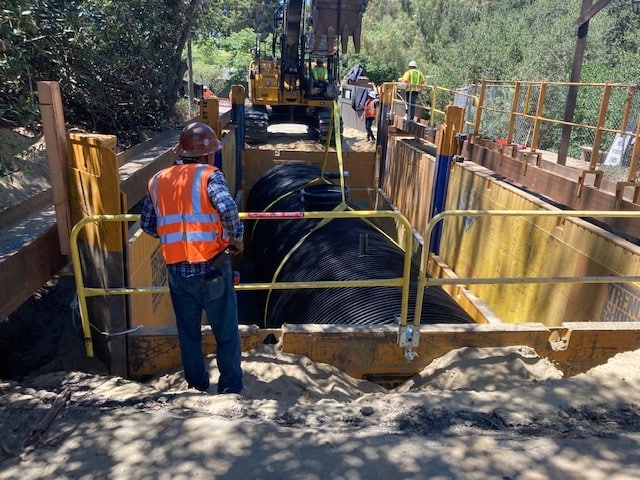The Problem: Cultural institutions often lack the ability to develop comprehensive emergency preparedness and response measures, which has put many of the country’s most prized artifacts in danger of being lost or destroyed in disasters. Heritage Preservation’s Heritage Health Index (HHI) highlighted this issue in a survey taken by over 30,000 institutions across America. The survey asked many different types of questions about collections care and preservation practices, but the responses to questions related to emergency preparedness showed 80% of collecting institutions across the county did not have emergency plans with staff trained to carry them out at the time of the survey.
Top 10 Tips: This issue is not due to a lack of understanding about the importance of emergency preparedness, but rather, a lack of budget, staff time, knowledge and other resources to devote to the process. However, the emergency planning process does not have to be a big, scary, expensive task. The following tips can be used by cultural institutions to help improve their emergency response and preparedness.

Participants at a CCAHA disaster response workshop; credit: New Jersey State Archives; Department of State
- Begin by conducting a risk assessment of your site and collections. It’s hard to write a plan if you don’t know what to plan for! There is a free self-guided model provided through FAIC, but if you don’t feel confident in your ability to conduct your own assessment, the Conservation Center for Art & Historic Artifacts offers a limited number of NEH subsidized assessments as well.
- Do a walkthrough of your site with your local fire department and police department. They are often more familiar with risks and might know of further resources in your area. It’s also good to familiarize them with your site, as they will likely be the first responders in an incident and it will be helpful for them to know their way around.
- You don’t have to do this all on your own. Join an Alliance for Response Work with neighboring organizations to help write plans, conduct risk assessments, pool resources, and provide boots on the ground assistance if necessary.
- Start small! Create a Pocket Response Plan
- Use online resources. There are templates and other institutional disaster plans online, NEDCC’s dPlan will help to customize a plan for you, and there are many other guides to writing a plan. You don’t need to re-invent the wheel, but make sure that it is customized to fit your specific site and needs.
- Know collection priorities – you can’t save everything. Ideally, priorities would be determined by the materials that have the most value to the institution: they are crucial for interpretation or the mission, they could carry the most historical information, or they carry the most monetary value. This can be difficult and may have internal political ramifications, so it might be easier to determine priorities, at first, based on vulnerability. The Disaster Wheel lists collection materials based on their vulnerability to water.
- You should have a stock pile of emergency and salvage supplies on hand. You should aim to have enough to get you through the first 24 hours in a large disaster, or enough to be fully self-sufficient in a smaller one. A good starter list can be found on CCAHA’s resources page.
- Conduct some sort of training for all staff and volunteers annually. This can be simple and doesn’t have to break the bank: a fire drill to practice evacuation, an earthquake drill to practice sheltering in place, bringing in the fire department for a fire extinguisher training, having an EMT teach a CPR course, or simply talking through your emergency plan in a table top exercise. As long as there is an annual reminder to keep emergency preparedness in mind, your staff will be better prepared if something should happen.
- You can also take part in many free trainings provided by your local emergency management agencies or FEMA. Though these trainings may not be specific to cultural institutions, they will give you a better sense of how emergency management works, how emergency managers will be thinking when they are responding to your site, and make you feel more confident in your ability to interact with them.
- Review the plan annually. Use an easy to remember date, such as an anniversary of a disaster (the 1994 Northridge earthquake if you are in Los Angeles, for example) to take a look through it. Nothing may have changed, and this will be just a quick read through. More likely, you will have had staff change over, and phone numbers and contact information will need to be updated.
What is the Field Services Alliance? The Field Services Alliance (FSA) is an organized group of individuals, offices, and agencies that provide training opportunities, guidance, technical services, and other forms of assistance to local historical societies, archives, libraries, and museums in their respective states or regions.




